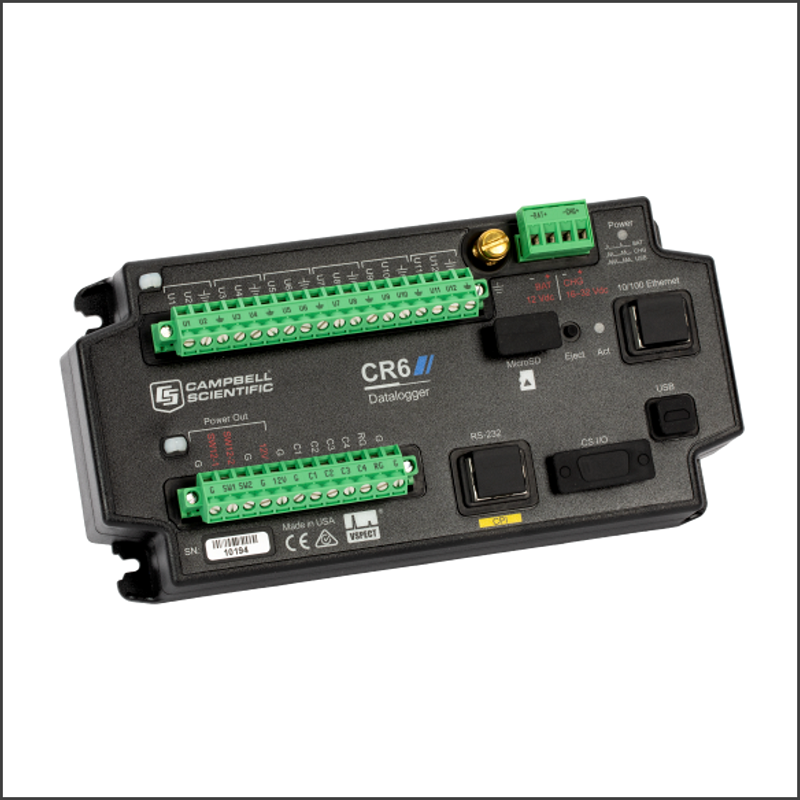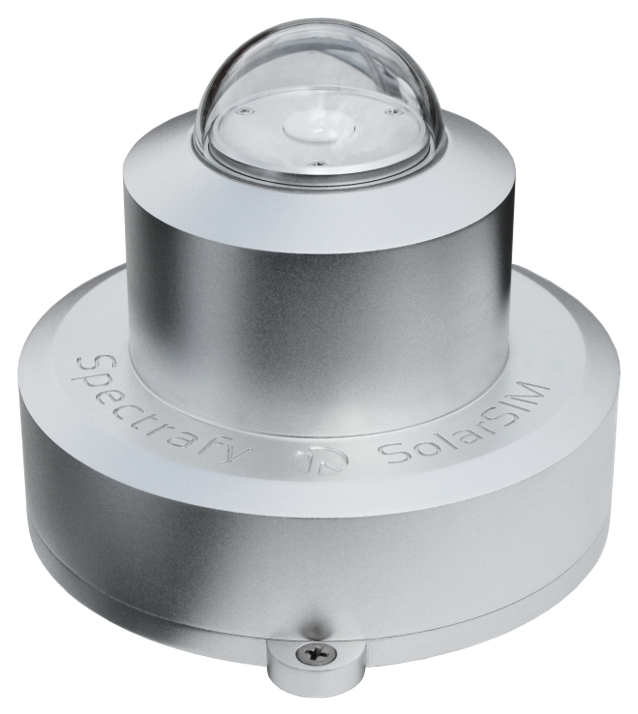
spectral pyranometer
SolarSIM-GPV
The SolarSIM-GPV is a Class A pyranometer that also provides the PV professional with everything they need to fully quantify the spectral impact of their solar resource.
The SolarSIM-GPV employs Spectrafy’s patented SolarSIM multi-spectral measurement technology to bring routine solar spectral measurement to the PV industry.
| Measurands: | Global solar irradiance (horizontal or tilted), PV spectral correction factors |
| Technology: | Software-augmented multi-filter radiometer. |
| Highlights: | Broadband irradiance and spectral correction factors in a single sensor. Makes spectrally corrected irradiance measurement reliable, routine and affordable for the PV industry. |
| ISO9060:2018: | Class A, spectrally flat for sunlight, fast-response optional. |
The next step in pyranometer technology.
PV is inherently spectral. Sunlight is a spectral fuel source and solar panels are spectrally selective, so it makes sense that the sensors used to measure sunlight should be spectral too.
Yet for a longest time, the PV industry has had to rely on spectrally-blind sensors to measure sunlight. This disconnect leads to spectral uncertainty that can exceed 4% on an annual basis and over 20% on an instantaneous basis. As the PV industry continues to rapidly evolve, spectral uncertainty is limiting returns for developers and owners alike.
Enter the SolarSIM-GPV, the next step in pyranometer technology. The SolarSIM-GPV uses multi-spectral measurement technology to make the elimination of spectral uncertainty a reality for the PV industry while also providing the highest quality of Class A solar irradiance data.
The SolarSIM-GPV uses filtered photodiodes to make precise, multi-spectral measurements of the solar spectrum. These measurements are then used to resolve the complete solar spectrum and total irradiance. The spectral data is then automatically distilled into intuitive spectral correction factors that are easily implemented in existing industry software.
This SolarSIM-GPV’s powerful combination of multi-spectral measurement and spectral data processing delivers a powerful new tool for the PV industry and a big step forward for pyranometer technology – a spectral sensor for a spectral industry.
The SolarSIM-GPV produces data that no other pyranometer can.
| Global horizontal (or tilted) irradiance | ISO9060:2018 Class A measurements of global irradiance (horizontal or tilted), under all sky conditions, covering the complete 280-4000nm solar spectral range. |
| Spectral correction factors for PV | Automated calculation of spectral correction factors for up to nine embedded or user-defined solar panels. |
| Meteorological parameters | Ambient temperature, relative humidity and atmospheric pressure. |
The iSG Integrated Spectrum Generator - simplifying integration.

Easily integrates with PV plant MET stations.
iSG Integrated Spectrum Generator
The iSG allows processed data (global irradiance, spectral correction factors) to be transmitted directly to an onsite datalogger via RS-485 Modbus RTU, eliminating the need for additional processing hardware or software.
Datalogger
With RS-485 RTU digital output, the SolarSIM-GPV+iSG can connect to any RS-485 capable datalogger. Sample datalogger code and the iSG Modbus Register Map are available upon request.
Broadband Irradiance
| Spectral range | 280 – 4000 nm |
| Maximum Irradiance | 2000 W/m2 |
| Response Time (95%) | 0. 7s (0.4s optional) |
| Zero offset A | n/a |
| Zero offset B | n/a |
| Non-stability (change per year) | < 0.2% |
| Non-linearity | < 0.3% |
| Spectral error | < 0.5% |
| Temperature response | 0.1% (on-board temp. correction) |
| Directional/cosine response | 10 W/m2 |
| Tilt response | n/a |
| Calibration uncertainty | 1.1% |
| ISO 9060:2018 classification | Class A |
| ISO 9060:2018 sub-category: “Spectrally flat” | Compliant for sunlight |
| ISO 9060:2018 sub-category: “Fast response” | Optional |
Spectral correction factors
| Number of panels | 9, user defined |
| Method | Derived from IEC 60904-7 |
| Calculation process | Automated |
General
| Weight | 1.2 kg |
| Dimensions | 132 x 132 x 110 mm |
| Power consumption | 12 VDC, < 1W |
| Communication | RS-485 Modbus RTU, via datalogger |
| Operating temperature range | -30 to 65 °C |
The PV professional's SolarSIM.
| Solar resource assessment | Use spectrally corrected irradiance data to reduce the uncertainty in your PV performance predicitons. Accurately quantify the spectral performance at your site for any solar panel technology.Reduce the uncertainty in your PV performance predictions. Accurately quantify the spectral performance boost at your site for any solar panel technology. |
| Solar power plant O&M | The SolarSIM-GPV enables greater clarity PV O&M metrics by eliminating spectral noise in real time. Analyze your plant's performance under all sky conditions and time scales. Realize more accurate analysis of panel degradation rates. |
| Bifacial PV | Accurately quantify the rearside solar resource potential for bifacial PV. |
| PV panel inventory deployment optimization | Match your PV panel inventory with the optimal sites in your project pipeline to ensure maximum overall electricity and revenue generation. |
| Refine warranty claims | Reduce the uncertainty in PV panel and inverter warranty claims. |
| Spectral hedging | Build value in your PV plant by banking the spectral datasets needed for accurate repowering assessments in the future. |
| Solar R&D | The SolarSIM-GPV enables R&D departments to accurately quantify the effects of spectral variability on their solar technologies. |
Why would I choose the SolarSIM-GPV over a traditional thermopile pyranometer?
Thermopile pyranometers do a good job of measuring broadband irradiance, but are spectrally blind and are unable to quantify spectral effects. Failing to account for spectral effects introduces spectral uncertainty into PV performance models and operating metrics. Spectral uncertainty can be as high as 5% on an annual basis, or up to 40% on an instantaneous basis. The SolarSIM-GPV allows users to accurately quantify and eliminate spectral uncertainty leading to improved performance prediction and analysis. The SolarSIM-GPV is the only Class A pyranometer that provides the capability to accurately quantify broadband irradiance and spectral effects within a single sensor.
How does the SolarSIM-GPV work?
The SolarSIM-GPV is a software augmented multi-filter radiometer. It uses filtered photodiodes to make precise, multi-spectral measurements of the solar spectrum in several narrow wavelength bands. These measurements then inform the SolarSIM-GPV’s software to accurately resolve the complete global solar spectrum and total global irradiance (GHIGTI), under all sky conditions. The SolarSIM-GPV's software uses the spectral irradiance data to automatically calculate PV spectral correction factors for up to nine user-defined solar panels. The GHI/GTI and spectral correction factors are then output to the user and can be easily implemented within industry-standard PV modelling software.
What are PV spectral correction factors?
Spectral correction factors (SCFs) quantify the changes in PV panel performance due to the difference between the sun’s spectrum in real-life and the reference spectrum that all solar panels are rated under. The spectral impact on PV performance can reach 5% on an annual basis and up to 40% on an instantaneous basis.
Is the SolarSIM-GPV a Class A pyranometer?
Yes, the SolarSIM-GPV is fully compliant with ISO9060:2018 Class A instrument performance criteria. In addition, ISO9060:2018 specifies sub-classifications of
'spectrally flat' and 'fast response'. The SolarSIM-GPV is spectrally flat for sunlight and a 'fast response' version of the SolarSIM-GPV is also available.
The SolarSIM-GPV is the only Class A pyranometer that is able to accurately resolve both broadband irradiance and PV spectral correction factors.
Why do I need spectrally corrected irradiance data?
PV is an inherently spectral technology. The sun is a spectral, and spectrally variable fuel source. Solar panels are spectrally selective absorbers. Failing to quantify spectral effects leads to spectral error, or uncertainty, in PV performance models and operating metrics. This spectral error can vary from as high as 5% on annual basis to over 40% on an instantaneous basis. The SolarSIM-GPV allows the user to accurately quantify and eliminate spectral uncertainty, allowing for improved performance prediction and analysis.
Does Spectrafy sell complete measurement systems?
Yes, we can provide you with a complete turn-key met station for your PV plant or solar resource assessment campaign.
How do I connect a SolarSIM-GPV to my datalogger?
The SolarSIM-GPV combines with the iSG Integrated Spectrum Generator to output global irradiance and PV spectral correction factors via RS-485 modbus, directly to your datalogger, with no need for additional processing hardware or software. For more detail see our Application note: SolarSIM-GPV+iSG Datalogger Intergration.
How is the SolarSIM-GPV calibrated?
All SolarSIM-GPV production units undergo electrical, thermal and optical calibration. The optical calibration is performed on-sun against our reference SolarSIM-G sensors The reference sensors are calibrated for absolute irradiance at NREL in Golden Colorado and are traceable to NIST Spectral Irradiance Standard Model FEL lamps.
How often should I get my SolarSIM-GPV recalibrated?
We recommend recalibration every two years in order to ensure the highest measurement accuracy. Recalibration is performed on-sun, at Spectrafy HQ in Ottawa, Canada. Please contact us prior to shipping your unit in order to ensure the swiftest calibration process possible.
How do I integrate the SolarSIM-GPV into my SCADA system?
The SolarSIM-GPV, in conjunction with the iSG Integrated Spectrum Generator, can communicate with any datalogger that supports RS-485 modbus . As such, SCADA integration is quite similar to other digital pyranometers. At each timestamp, the SolarSIM-GPV outputs a value for global irradiance along with PV spectral correction factors for up to nine factory-standard, or user-defined solar panels. Multiplying the global irradiance by a spectral correction factor, gives the spectrally corrected global irradiance for that panel, which can then be used in PV performance metrics as usual.
How do I use SolarSIM-GPV data
At each timestamp, the SolarSIM-GPV outputs a value for global irradiance along with PV spectral correction factors for up to nine factory-standard, or user-defined solar panels. Multiplying the global irradiance by a spectral correction factor gives the spectrally corrected global irradiance for that panel. Spectrally corrected irradiance can then be used in PV performance models and metrics as normal. Note that any other spectral correction algorithms in our PV performance model/software should be disabled.
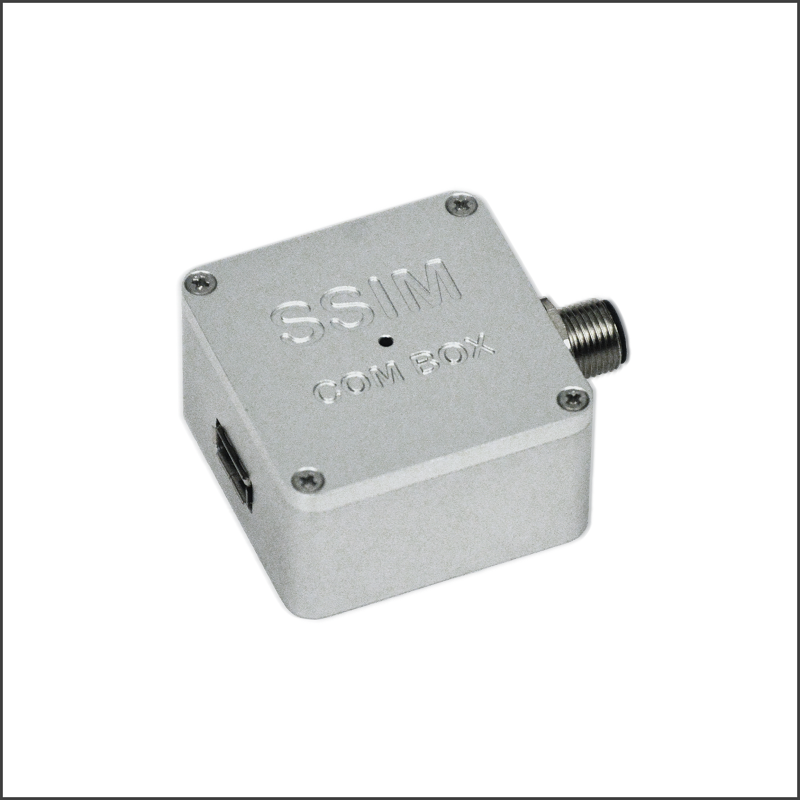
Combox
The Combox is a power and comms converter that allows the user to connect to and power their SolarSIM and SolarBand-C3 sensors directly through a PC or laptop.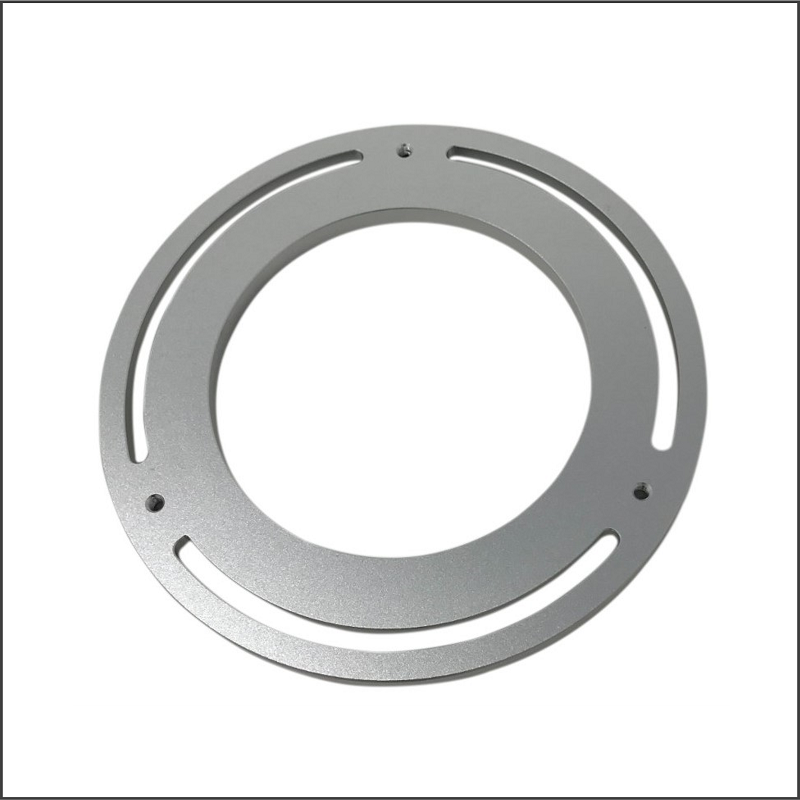
MP-G Mounting Plate
We offer a range of standard, anodized aluminum mounting plates suitable for mounting the SolarSIM-G, SolarSIM-GPV, SolarSIM-GUV and SolarBand-C3. Custom options are also available.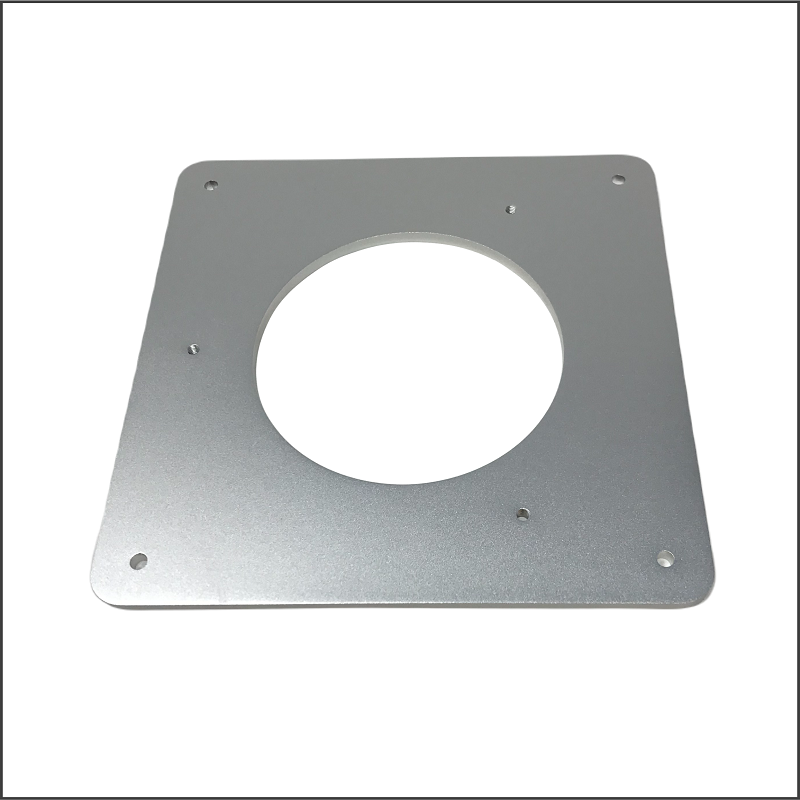
MP-D2 Mounting Plate
We offer a range of standard, anodized aluminum mounting plates suitable for mounting the SolarSIM-D2 to various solar trackers. Also compatible with the SolarSIM-G, SolarSIM-GPV, SolarSIM-GUV and SolarBand-C3. Custom options are also available.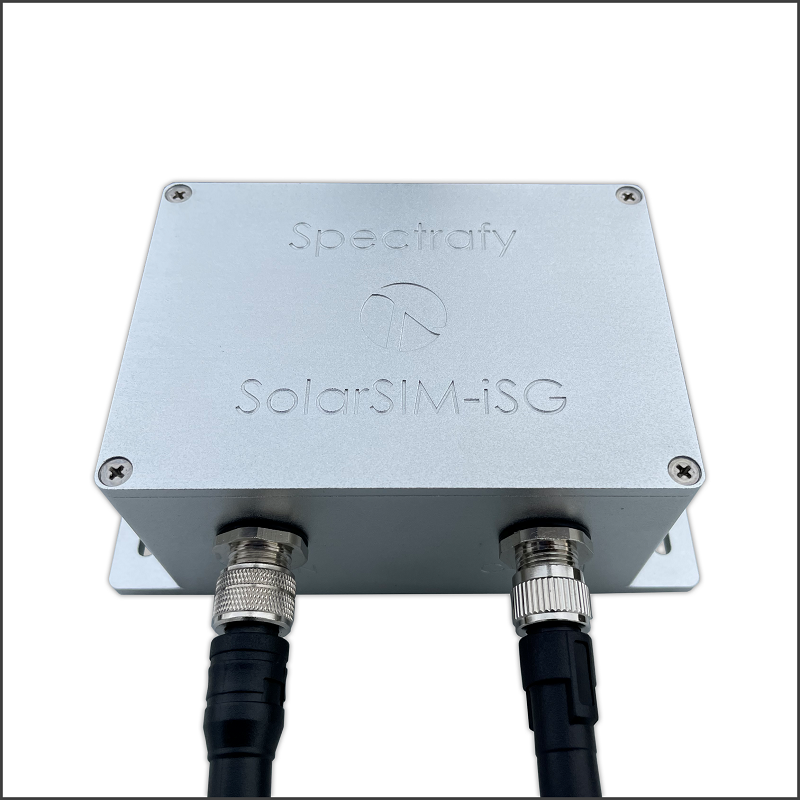
iSG Integrated Spectrum Generator
The iSG enables the SolarSIM-GPV to output processed data (global irradiance, spectral correction factors) directly to a datalogger via RS-485 Modbus RTU, without the need for additional processing hardware and software.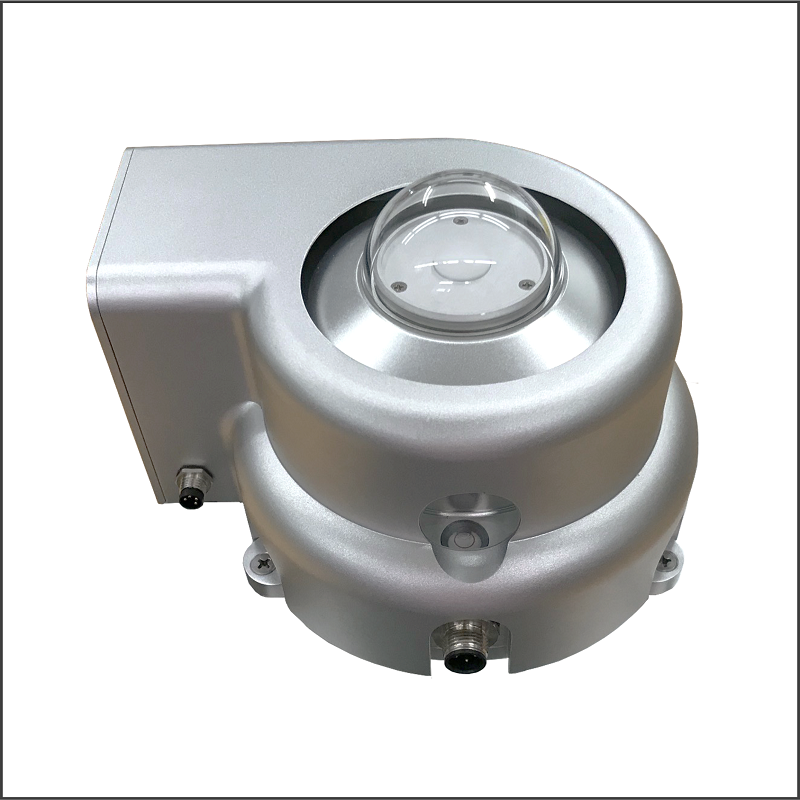
GV-1 Ventilator
The GV-1 ventilator maximizes the reliability and accuracy of SolarSIM-G, SolarSIM-GPV, SolarSIM-GUV, SolarSIM-3C and SolarSIM-ALB measurements while minimizing maintenance, by reducing the effects of dust, raindrops and dew.
SolarSIM-E Automated shadowband
The SolarSIM-E leverages the SolarSIM-G to enable accurate and affordable measurements of full range spectra and broadband irradiance for all three irradiance components (global, diffuse and direct). Also compatible with the SolarSIM-GUV.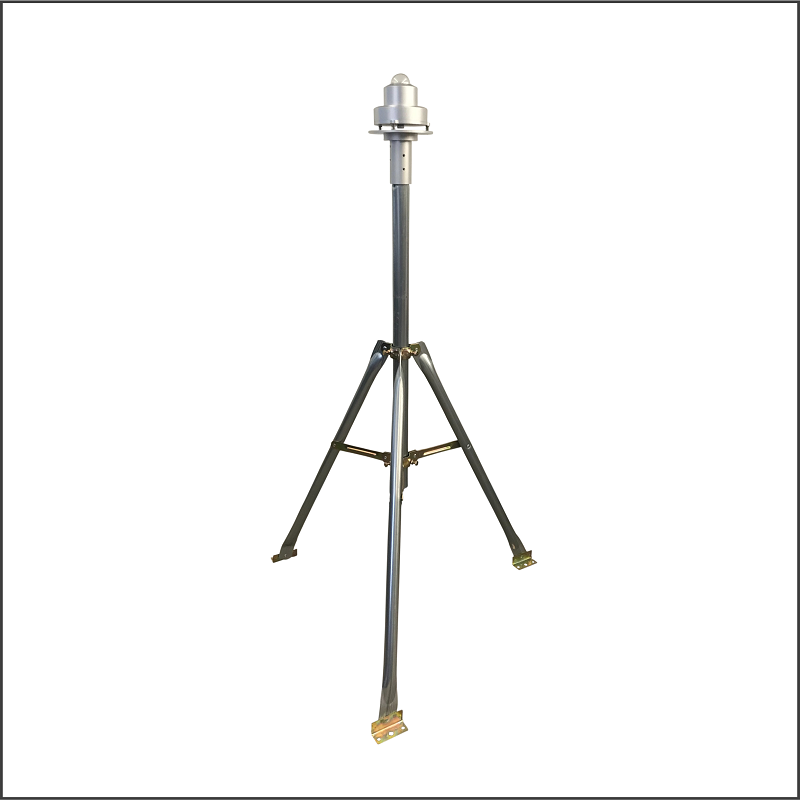
TMP-G Tripod Mounting Platform
Our tripod mounting platform with integrated mounting plate, provides a rugged, easily installed solution for deploying your SolarSIM-G, SolarSIM-GPV, SolarSIM-GUV and SolarBand-C3 sensor in the field.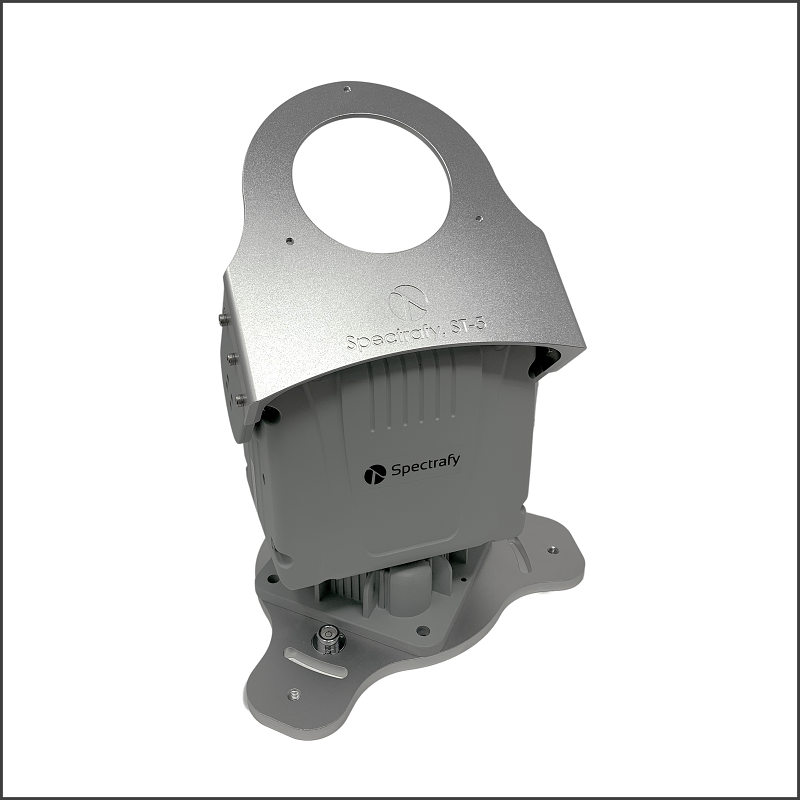
ST-5 Sun Tracker
The optimum combination of performance, reliability and cost. Combine with the SolarSIM-D2. Combine with the SolarSIM-G, SolarSIM-GPV or SolarSIM-GUV for direct global or single-axis tracked plane-of-array irradiance measurements.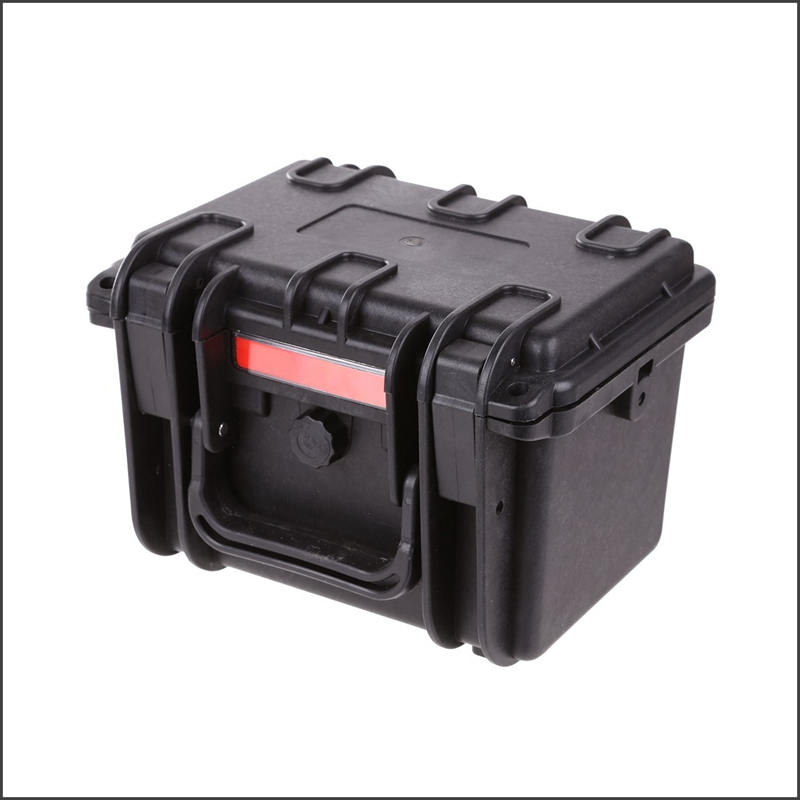
CC-G Carry Case
Hard plastic, waterproof, shockproof and dust proof carry case with custom foam cut outs to keep your SolarSIM-G/GPV/GUV safe and snug.